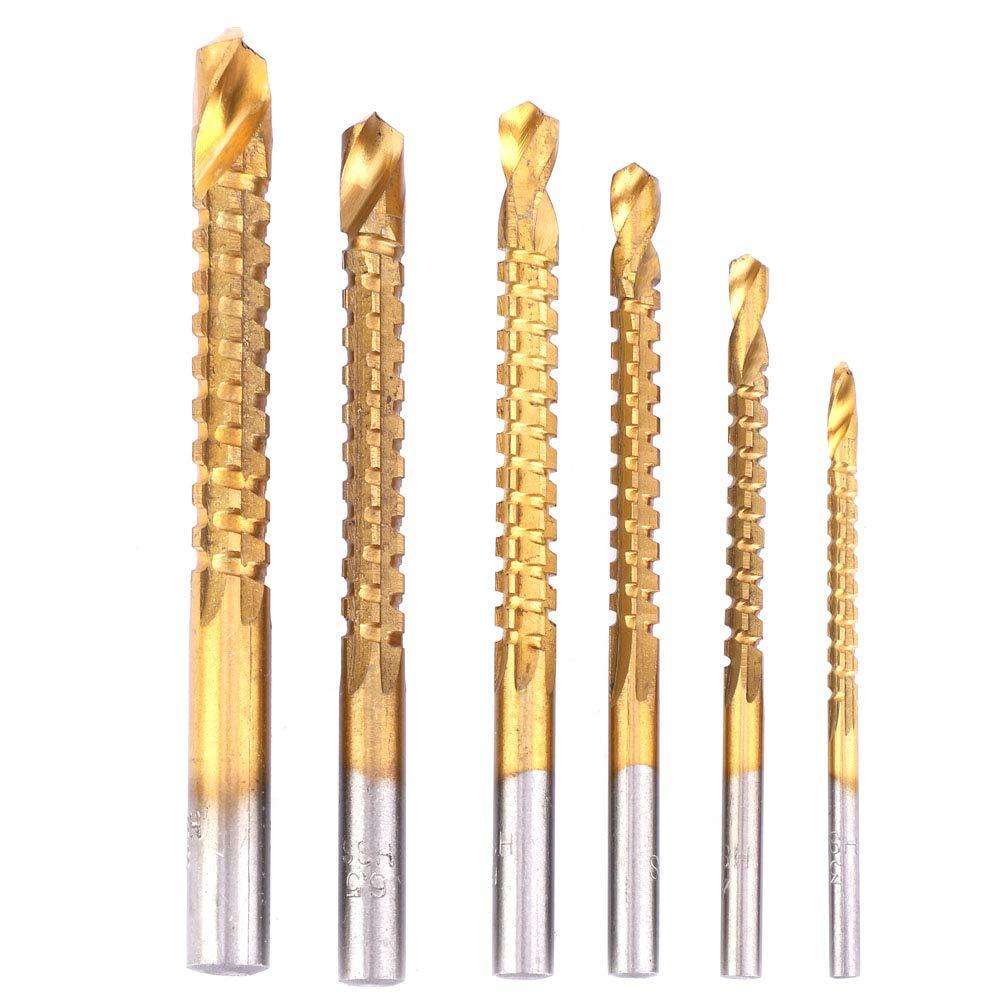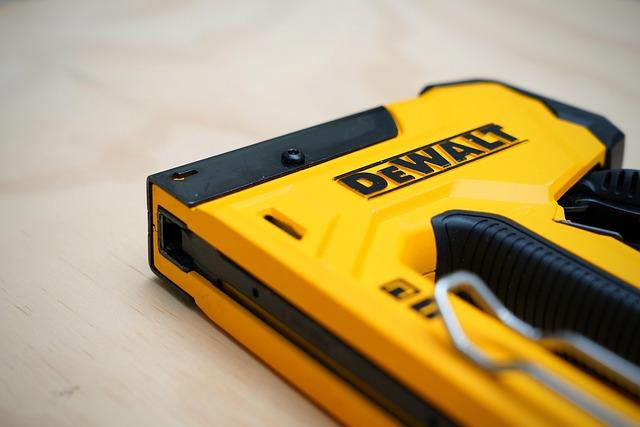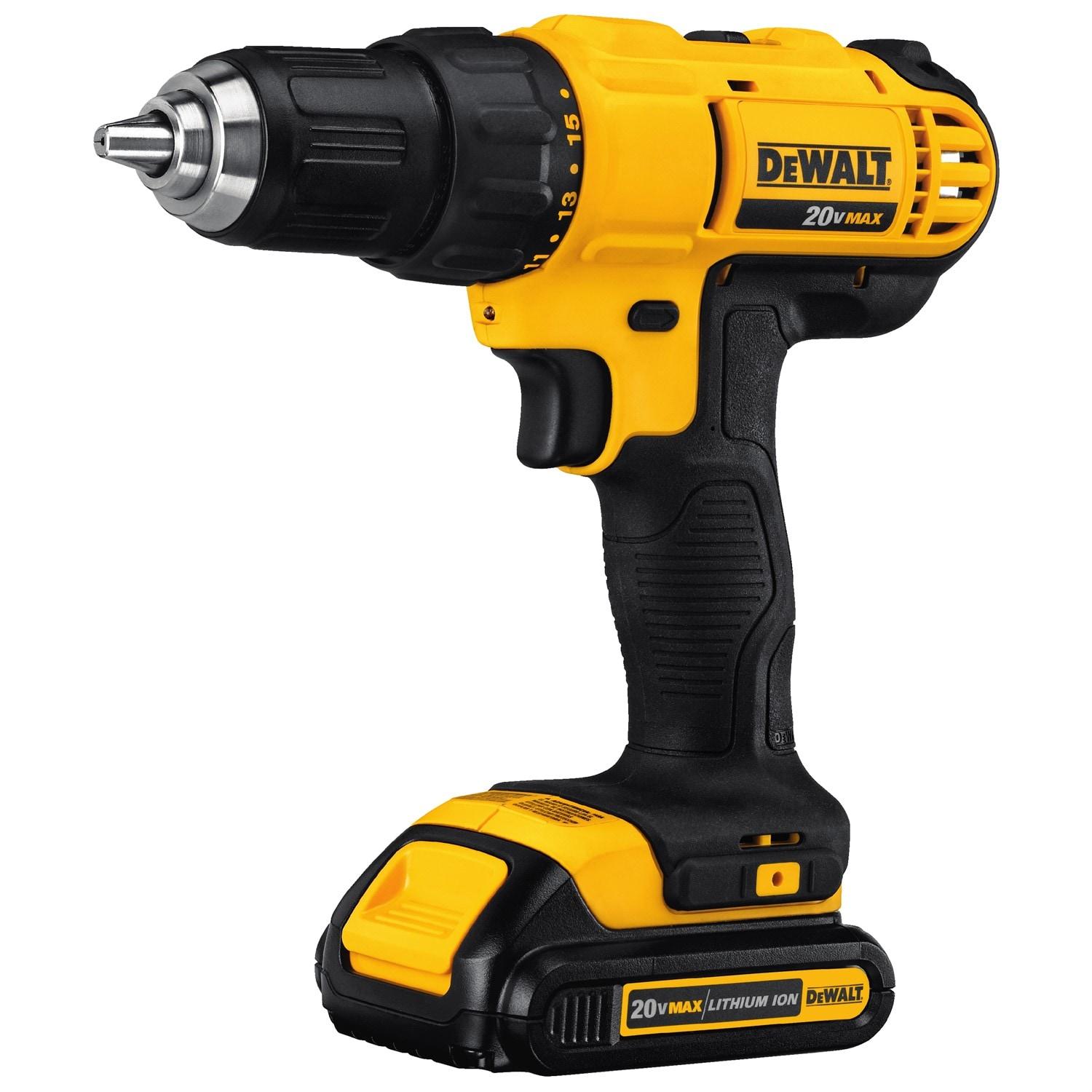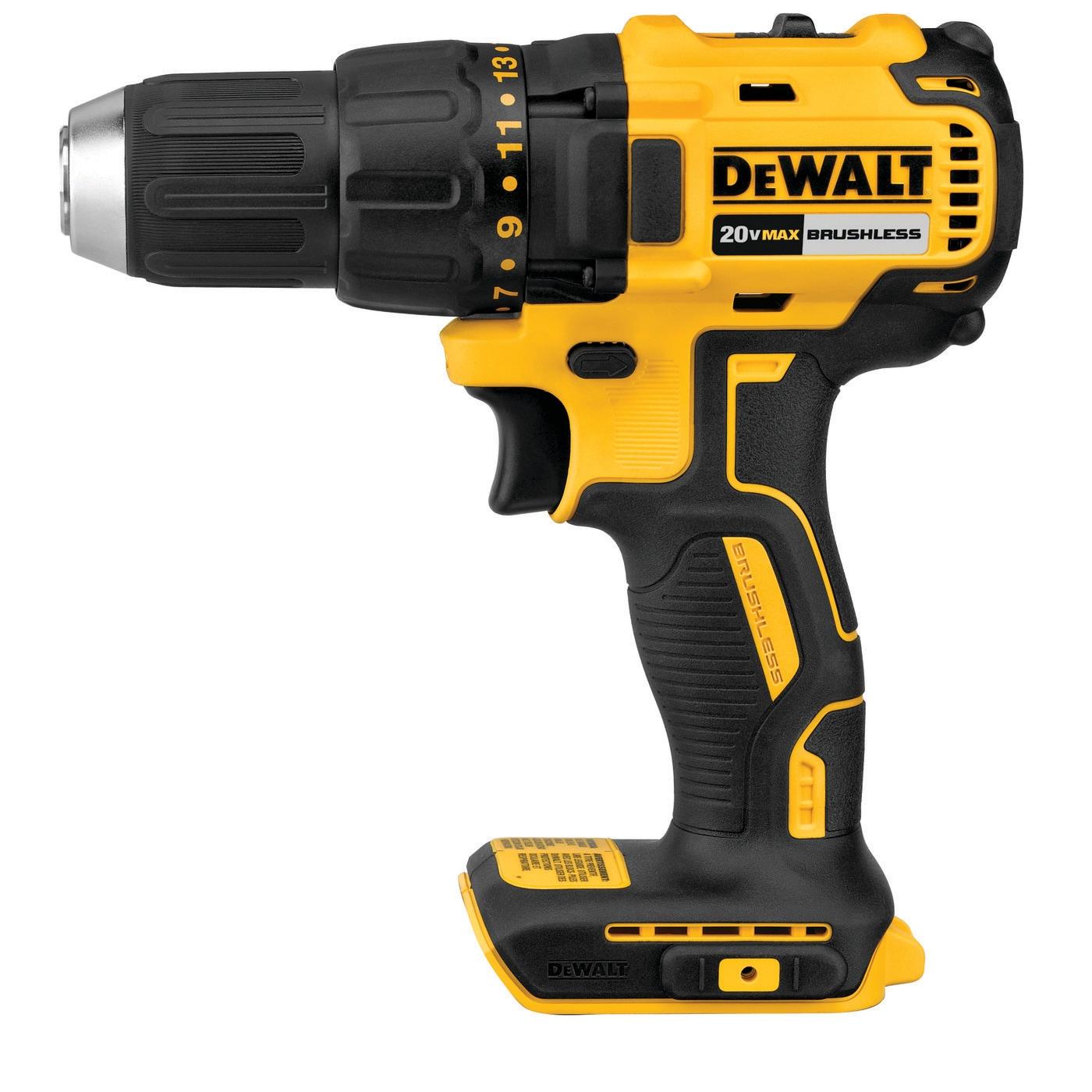When it comes to metalwork, precision and power are the names of the game.Whether you’re a seasoned professional or an excited DIYer, having the right tools can substantially impact the quality of your work. Enter the DeWalt drill—a titan in the realm of power tools, known for its durability and performance across various materials. but the question remains: can this workhorse truly handle the rigors of tough metals without faltering? in this article,we’ll delve into the capabilities of the DeWalt drill,exploring its features,advantages,and potential limitations in metalwork. From steel to aluminum, we’ll assess whether this tool lives up to its reputation in demanding applications.Join us as we uncover whether the DeWalt drill is a worthy companion for your metalworking endeavors or just another tool that falls short under pressure.
Assessing the Power and Performance of DeWalt Drills in Metalwork
When considering drills for metalwork, the power and performance of dewalt drills stand out as key factors. Engineered for a variety of tough applications, these tools boast remarkable torque and speed settings, enabling users to tackle materials ranging from thin aluminum sheets to hardened steel. The robust construction of DeWalt drills typically includes a high-performance motor that can deliver the necessary RPM and torque, which is particularly beneficial for drilling through metal without compromising on precision. This versatility makes them suitable for both professional tradespeople and DIY enthusiasts looking for reliable performance.
In assessing the performance capabilities, it’s essential to consider the following features that enhance the efficacy of DeWalt drills in metalwork:
- Brushless Motor Technology: Reduces friction and improves efficiency for longer run times.
- Multiple Speed Settings: Allows customization for different metal types and thicknesses.
- Keyless Chuck: Enables quick bit changes, essential when working with various materials.
- Heavy-duty Clutch: Prevents over-tightening and protects the motor from damage.
A brief overview of popular DeWalt models showcases how they stack up against each other in terms of specifications:
| Model | Voltage | Max RPM | Max Torque (in-lbs) |
|---|---|---|---|
| DCD996P2 | 20V | 2000 | 820 |
| DCD791D2 | 20V | 2000 | 460 |
| DCD708C2 | 20V | 1800 | 300 |

Key Features that Enhance Metal Drilling Efficiency
When it comes to effective metal drilling, certain features in tools can significantly improve performance and reduce user fatigue. One of the most important aspects is variable speed control, which allows operators to adjust the drill’s RPM according to the material being worked on. This not only enhances precision but also minimizes the risk of damaging the workpiece. Additionally, the presence of a metal gear casing ensures durability and heat resistance, vital for maintaining operational efficiency during extended use. Other notable features include automatic spindle lock, which facilitates quick bit changes, and ergonomic grips, designed to provide comfort and improve control during drilling tasks.
moreover, incorporating high-torque motors is crucial for drilling through tough metals. These motors deliver enhanced power and make it easier to penetrate dense materials without bogging down. Adjustable torque settings further contribute by allowing users to fine-tune the drill’s output to match specific requirements, whether drilling pilot holes or creating larger diameters. For optimal drilling results, ensuring proper chip removal is also essential; thus, options for depth stops or built-in dust extraction systems can keep the work area clean and uncluttered, making the process more efficient.

Comparative Analysis: DeWalt vs Competitors in Tough Material Applications
When it comes to tackling tough materials such as metal, a comparative analysis of DeWalt and its primary competitors reveals some engaging findings. DeWalt drills are recognized for their reliable power, durability, and user-friendly features. However, brands like Makita, Milwaukee, and Bosch are also strong contenders in this realm. Key factors to consider when evaluating their performance include:
- Torque Output: DeWalt often boasts higher torque ratings, essential for drilling through steel and other tough materials.
- Battery Life: The efficiency of battery usage in DeWalt tools generally offers extended operation times compared to some competitors.
- Weight and Ergonomics: While DeWalt tools are designed for heavy-duty use, options from Bosch and Makita are often lighter, making them easier to handle during prolonged use.
To better illustrate these differences, a quick performance overview highlights the specifications:
| Brand | Torque (in lb-ft) | Weight (lbs) | Battery Life (Ah) |
|---|---|---|---|
| DeWalt | 60 | 5.2 | 3.0 |
| makita | 55 | 4.8 | 2.5 |
| Milwaukee | 65 | 6.0 | 3.5 |
| Bosch | 50 | 4.5 | 2.0 |
This table encapsulates the performance metrics that can make a significant difference in the field. Ultimately, while DeWalt holds its own, it’s essential for users to consider these variables based on specific project requirements.each brand brings unique advantages suited for different tough material applications, guiding professionals to choose the tool that best fits their needs.

User Tips for Maximizing Your DeWalt Drill’s Metalworking Capabilities
To get the most out of your DeWalt drill when working with metal,start by selecting the right drill bit. Cobalt and titanium-coated bits are ideal for cutting through tougher materials like steel, while high-speed steel (HSS) bits can be effective for softer metals. Additionally, ensure that the bits are sharp; dull bits not only compromise performance but also increase the risk of overheating and damaging both the bit and the material. Always use a cutting lubricant to reduce friction and heat buildup, enhancing the lifespan of your drill bits while providing a smoother drilling experience. Remember to regularly check your drill’s settings to ensure optimal speed and torque for your specific metalworking task.
Before you start drilling, it’s also essential to prepare your work surface. Secure the metal piece firmly using a clamp or vise to prevent movement during operation. This not only boosts precision but also minimizes the risk of injury. Additionally, consider creating a small dimple on the metal surface with a center punch to guide your drill bit and ensure it doesn’t wander. If you’ll be drilling multiple holes, take the time to measure and mark the locations clearly. Here’s a simple checklist to keep in mind:
- Choose the right drill bit for your material.
- Apply cutting lubricant to reduce heat.
- Secure your workpiece tightly.
- Mark drill points with precision.
in Retrospect
the DeWalt drill emerges as a robust contender in the realm of metalwork, seamlessly marrying power and precision. As we’ve explored, its advanced features and reliable performance make it well-suited for tackling tough materials, whether you’re a seasoned professional or an enthusiastic DIYer.While no tool is without limitations, the DeWalt drill offers a versatile solution for those looking to bore through challenging metal surfaces with confidence. As you embark on your next project, consider how this tool can enhance your craftsmanship, ensuring that every hole you drill is executed with skill and ease. Whether you’re crafting intricate designs or undertaking heavy-duty tasks, the DeWalt drill stands ready to deliver, proving itself a valuable ally in your metalworking endeavors.



